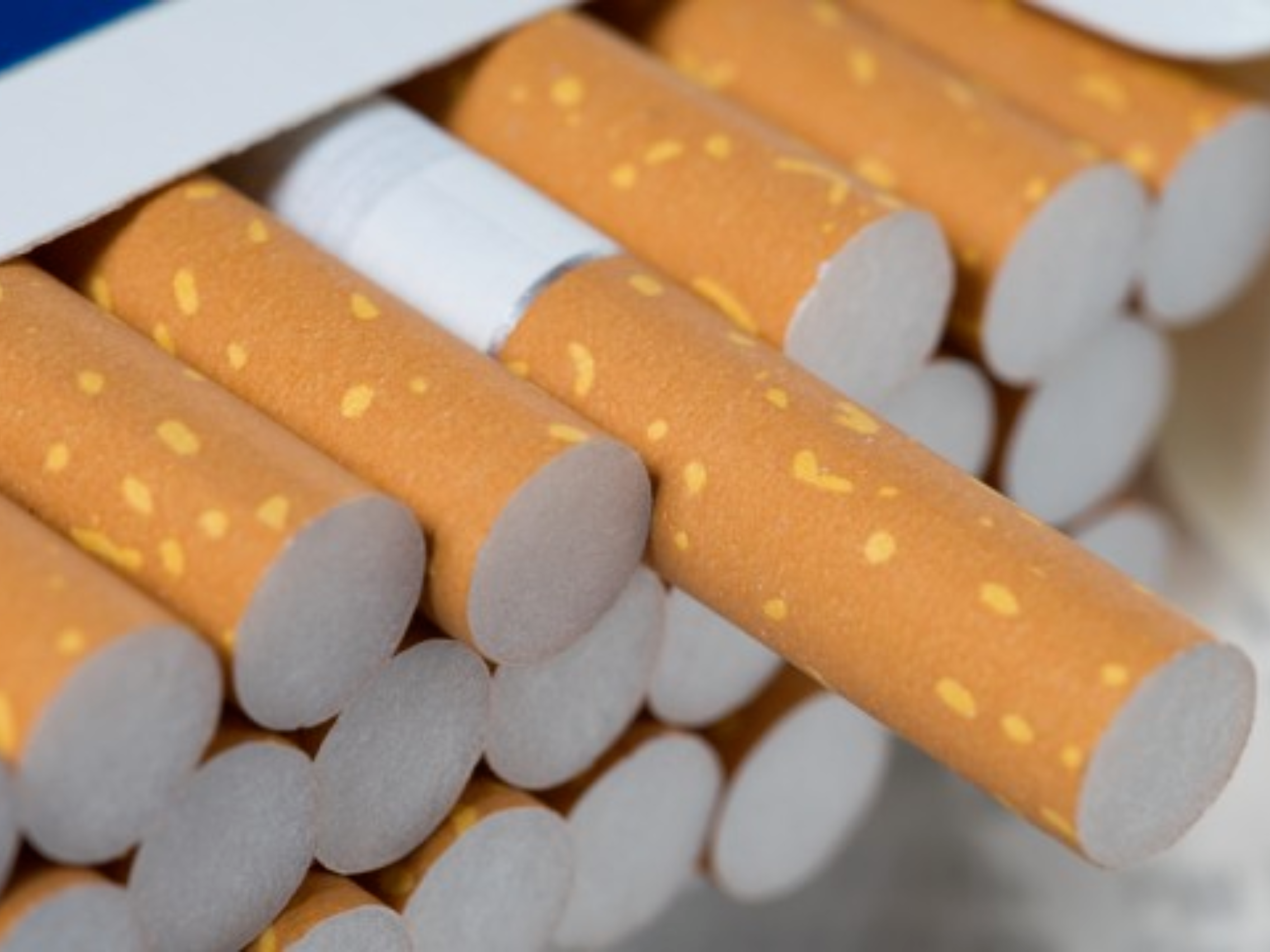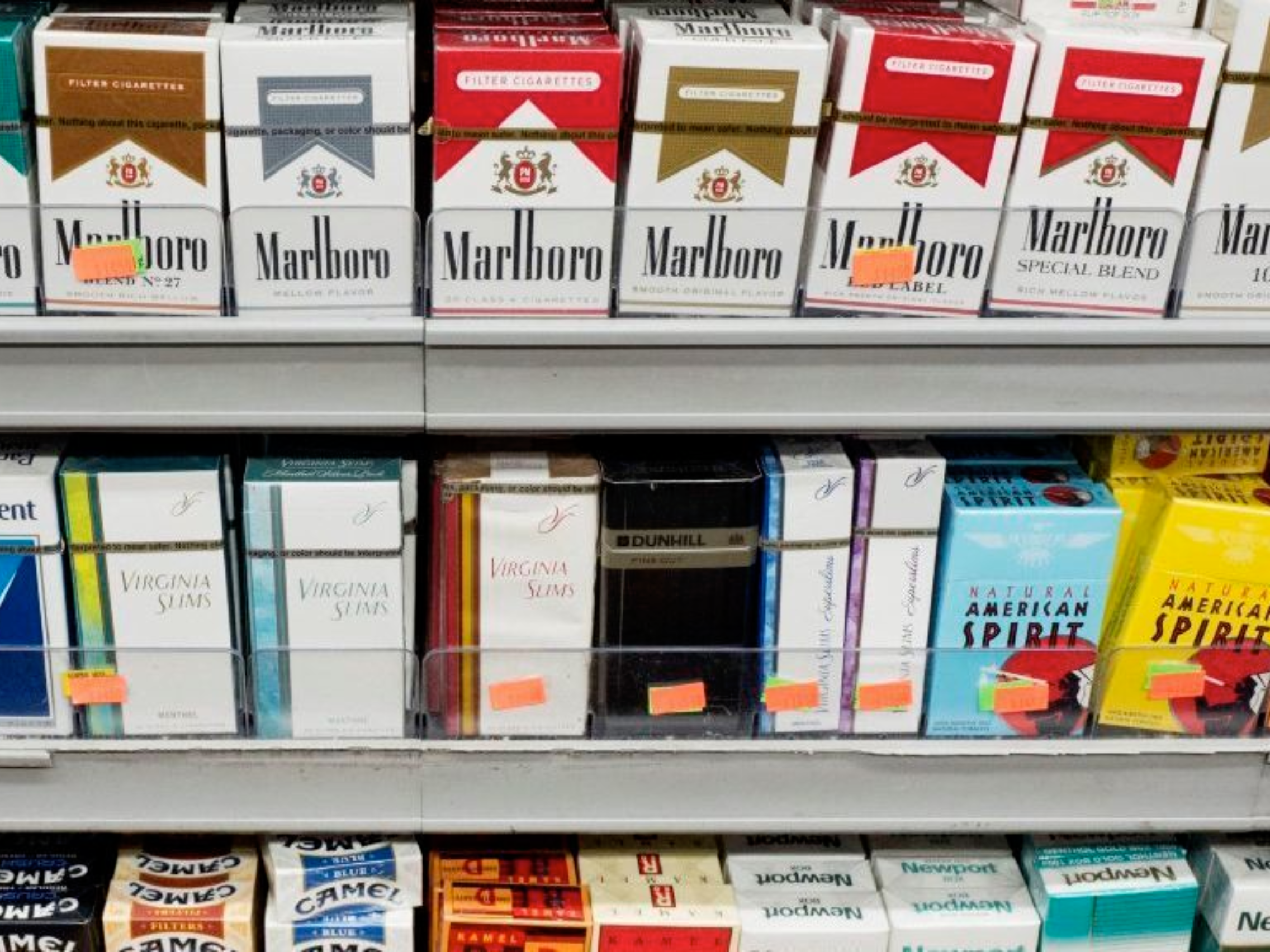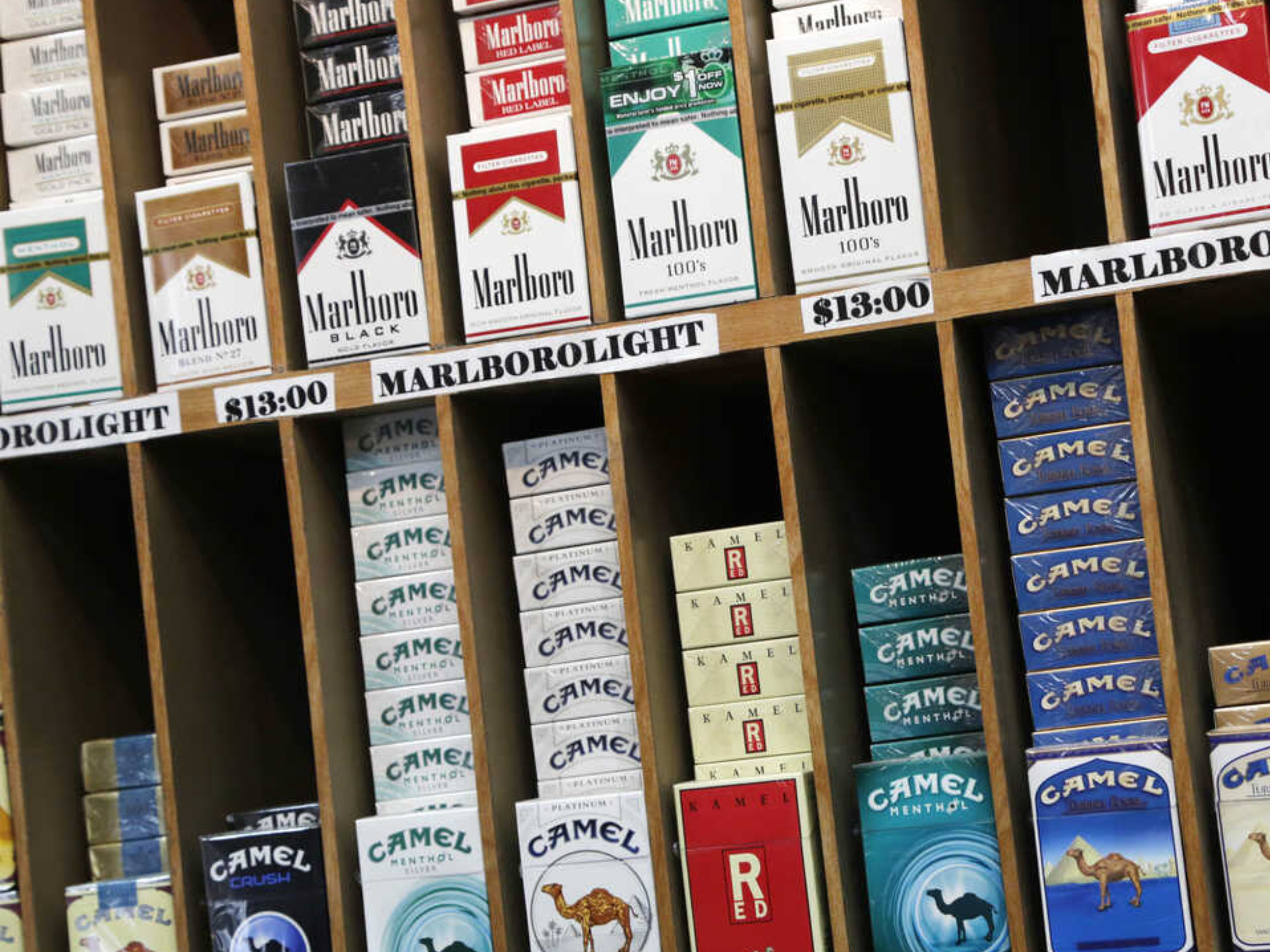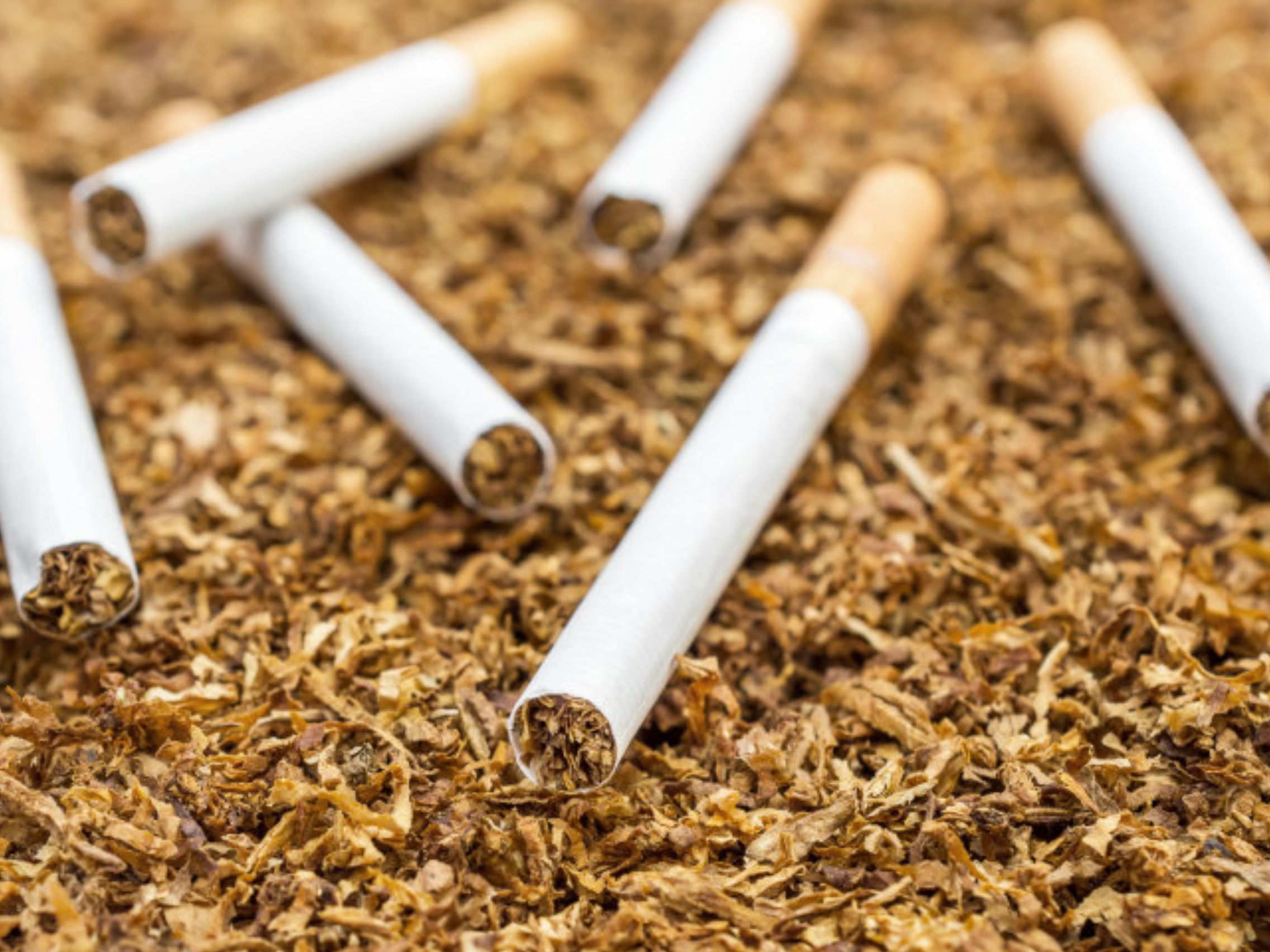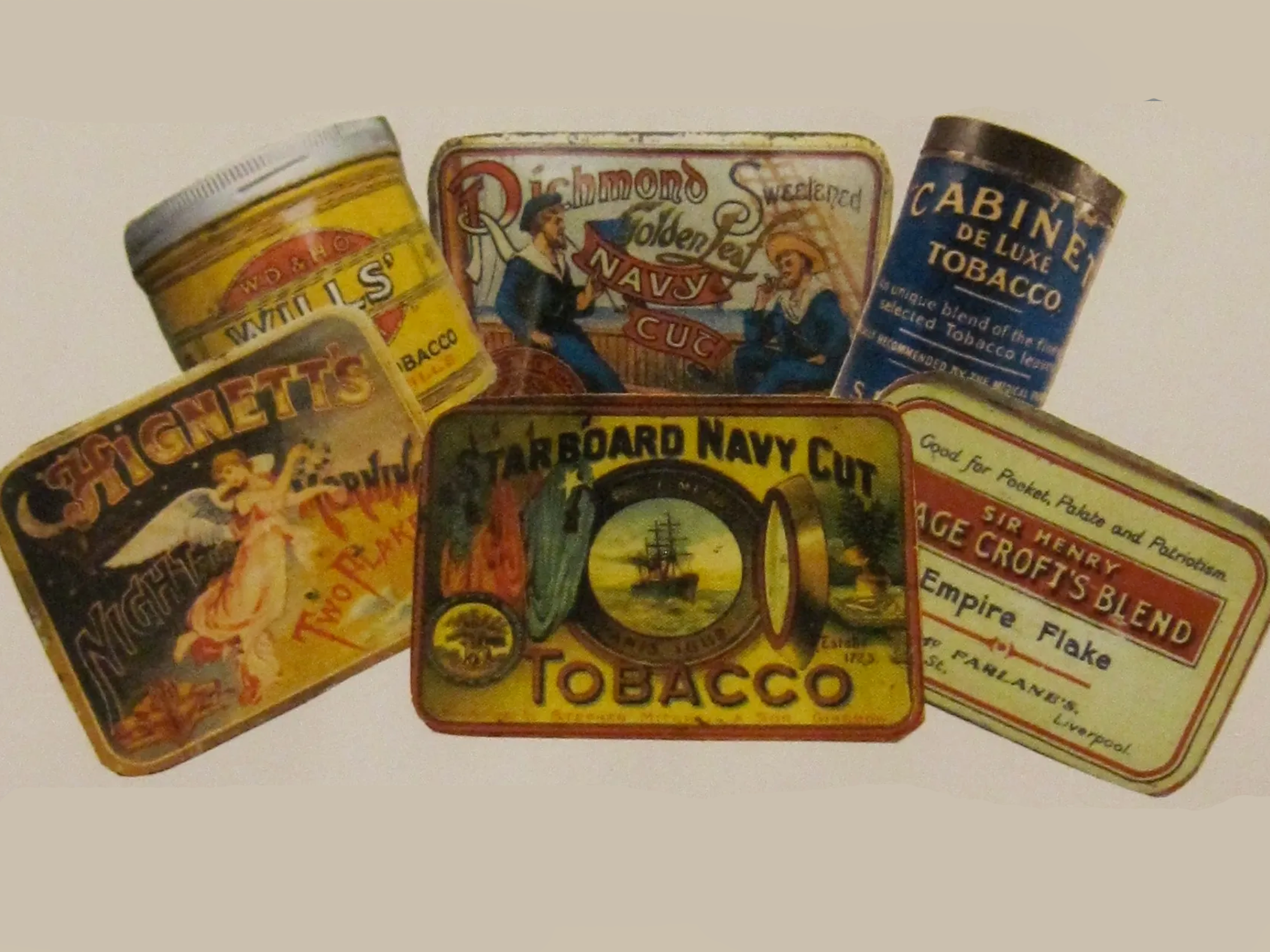Every cigarette begins its life in a tobacco field, where farmers meticulously tend to their crops. The journey from farm to cigarette is a fascinating process that combines tradition with modern technology.
The process begins with the planting of tobacco seeds. These seeds are incredibly small – nearly 10,000 could fit on a single penny. Once planted, they germinate and sprout within a week, and after two months, they’re transplanted to fields.
Tobacco plants need careful nurturing, including ample sunlight, rainfall, and appropriate temperatures. After 60 to 90 days, when the leaves have matured and turned a golden hue, the harvest begins. Farmers either pick leaves individually based on ripeness or cut the whole plant.
The harvested leaves then go through a process called curing. This involves drying the leaves to develop the characteristic aroma and flavor. The method of curing varies – it can be air-curing, flue-curing, sun-curing, or fire-curing, each imparting distinct characteristics to the final product.
After curing, the tobacco leaves are sorted, often by hand, based on their quality and size. They are then packaged into large bales and shipped to cigarette manufacturers.
At the factory, the tobacco is further processed. It’s cleaned, moistened, and chopped into small pieces. It’s then blended with other types of tobacco to achieve a specific flavor profile. Once the blend is ready, it’s fed into cigarette-making machines that roll the tobacco into paper, forming the final product.
Thus, from the nurturing of delicate seedlings to the automated precision of cigarette production, the journey of a cigarette is a complex blend of tradition, craftsmanship, and technology.



